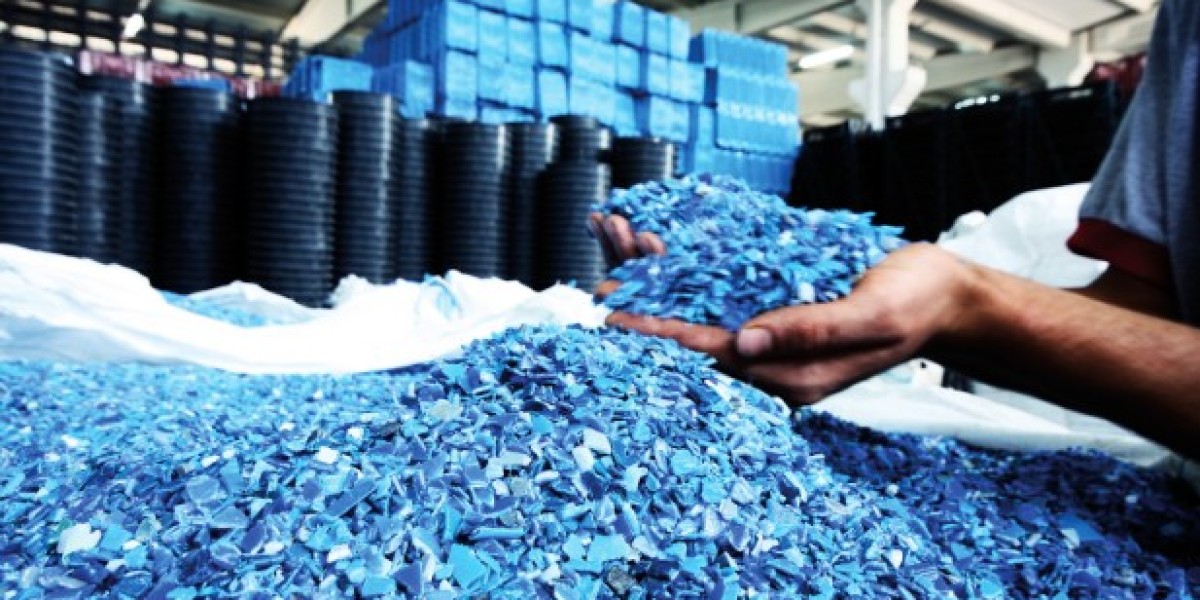Plastic recycling is an integral part of addressing the growing waste problem in Australia. As the country continues to grapple with the environmental impacts of plastic pollution, advanced waste equipment has emerged as a critical solution for maximising recycling efficiency. By implementing cutting-edge technology and machinery, businesses and municipalities can enhance the recycling process, minimise plastic waste, and contribute to a more sustainable future.
In this blog, we’ll explore how advanced waste equipment is transforming plastic recycling in Australia, the key benefits of these technologies, and how they are helping the country move closer to its sustainability goals.
How Advanced Waste Equipment is Revolutionising Plastic Recycling
1. Enhanced Sorting and Separation Technology
One of the most critical aspects of plastic recycling is ensuring that different types of plastics are correctly sorted. Many plastics cannot be recycled together due to varying chemical properties, which is why proper separation is necessary for a high-quality recycling process.
Advanced waste equipment, such as automated sorting systems, uses a combination of optical sensors, infrared technology, and air jets to accurately identify and separate different types of plastics at high speeds. These systems can distinguish between materials like polyethylene (PE), polypropylene (PP), polyethylene terephthalate (PET), and other polymers, ensuring that the correct plastic is directed to the appropriate recycling stream.
By implementing these technologies, Australian recycling facilities can achieve higher sorting efficiency and reduce contamination levels. This results in cleaner recyclables, which increases the chances of the materials being successfully repurposed into new products.
2. Shredding and Size Reduction
Once plastics are sorted, the next step in the recycling process is shredding, which breaks down the material into smaller pieces that can be easily processed. Shredders and granulators are crucial pieces of equipment that enhance the process of plastic recycling in Australia process by reducing the size of plastic waste into uniform particles.
Modern shredding equipment can process large volumes of plastic waste quickly and effectively. By producing consistent material sizes, these machines improve the efficiency of subsequent steps in the recycling process, such as extrusion or pelletising. Moreover, they help minimise the volume of plastic waste, which reduces the amount of landfill space required for disposal.
In Australia, several companies have started using high-speed rotary shredders and single-shaft shredders designed for optimal plastic processing. These machines not only offer faster throughput but also ensure that the shredded plastic is of a uniform size, making it easier to transform into valuable recycled products like plastic lumber, tiles, and more.
3. Recycling of Flexible Plastics
In Australia, flexible plastics such as film, packaging, and bags have traditionally been more difficult to recycle than rigid plastics. These materials often cause problems in traditional recycling systems, clogging machinery or contaminating other materials.
However, advanced waste equipment designed specifically for flexible plastic recycling is helping to tackle this issue. New technologies such as film densifiers and bag breakers allow for the efficient processing of these tricky materials. These systems help compact, shred, and separate flexible plastics, which can then be processed into high-quality pellets for use in new plastic products.
With these innovations, recycling facilities in Australia are now able to process flexible plastics more effectively, which reduces the environmental impact of these materials and supports the country’s goal of creating a circular economy.
4. Advanced Pelletizing Systems
After plastic is shredded and cleaned, it often needs to be converted into pellets, which can be used to create new plastic products. Pelletising is a critical step in the recycling process, and advanced pelletising systems play a vital role in ensuring that the final product is of the highest quality.
Modern pelletising equipment uses cutting-edge extrusion technology to melt and form plastic waste into uniform pellets, which can then be sold to manufacturers for the creation of new products. These advanced systems offer high output and precision, which leads to a more efficient process and ensures that recycled plastic is suitable for a wide range of applications.
In Australia, the use of advanced pelletizing systems is growing, as it allows manufacturers to create high-quality recycled plastic products with minimal waste. These innovations contribute to closing the loop of the plastic recycling process, where waste becomes a resource for new products.
Conclusion
The future of plastic recycling in Australia is promising, thanks in large part to the adoption of advanced waste equipment. By leveraging cutting-edge technologies in sorting, shredding, pelletising, and energy recovery, Australian businesses and municipalities are able to maximise the efficiency of their recycling operations.



